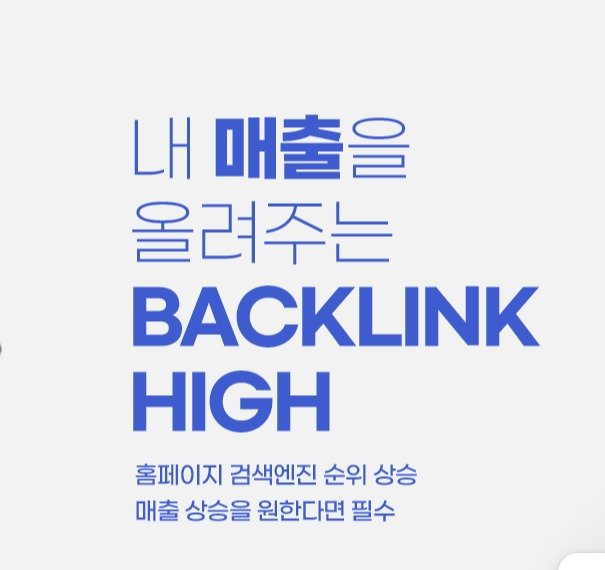Mastering 구글 상위노출: The Ultimate Guide to Rank Higher on Google

In today’s digital landscape, achieving 구글 상위노출 (Google Ranking) is essential for any business looking to thrive online. With millions of websites competing for attention, understanding the nuances of SEO (Search Engine Optimization) becomes vital. This comprehensive guide will explore proven strategies to help your website achieve top rankings on Google.
Understanding 구글 상위노출: What It Means
구글 상위노출 refers to the practice of optimizing your website so that it appears prominently on Google’s search results pages (SERPs). High rankings lead to increased visibility, more traffic, and, ultimately, higher conversions. To achieve this, we must delve into the various components of SEO, including keyword research, on-page optimization, content quality, and backlink strategies.
1. The Importance of Keyword Research
To begin with, effective keyword research is the cornerstone of 구글 상위노출. Identifying the right keywords ensures that your content aligns with what users are searching for. Here’s how to perform thorough keyword research:
Utilize Keyword Tools: Leverage tools like Google Keyword Planner, SEMrush, and Ahrefs to identify high-volume keywords relevant to your niche.
Analyze Competitors: Investigate what keywords competitors are ranking for and look for gaps where you can excel.
Focus on Long-Tail Keywords: These keywords are less competitive and often indicate a user’s specific intent, making them easier to rank for.
By effectively targeting keywords, we set the foundation for a successful SEO strategy.
2. On-Page Optimization: The Technical Side of SEO
Once we have identified our target keywords, the next step is on-page optimization. This process ensures that our website is structured in a way that is easily understandable by search engines.
Meta Tags
Title Tags: Create compelling title tags that incorporate your primary keyword. Aim for a length of 50-60 characters to avoid truncation in SERPs.
Meta Descriptions: Write engaging meta descriptions (150-160 characters) that summarize the page content while including relevant keywords.
Headers and Subheaders
Utilize header tags (H1, H2, H3) to structure your content. The H1 tag should include the main keyword, while H2 and H3 tags can cover subtopics, improving readability and helping search engines understand the hierarchy of your content.
Internal Linking
Incorporate internal links to guide users to other relevant content on your site. This not only enhances user experience but also helps distribute page authority throughout your website.
Image Optimization
Don’t overlook the power of images. Ensure all images have descriptive ALT tags containing relevant keywords. This practice improves accessibility and provides additional context to search engines.
3. Content Quality: Creating Value for Users
Content is king in the world of SEO. High-quality, engaging content not only attracts visitors but also encourages them to stay on your site longer, reducing bounce rates and signaling to Google that your content is valuable.
Write for Your Audience
Understand your audience’s needs and preferences. Create content that answers their questions, solves problems, or provides entertainment. Incorporate the following:
Comprehensive Guides: In-depth articles that cover a topic thoroughly tend to perform well.
Visual Content: Use images, infographics, and videos to make your content more engaging and shareable.
Regular Updates: Keep your content fresh by regularly updating it with new information or perspectives.
Engagement Metrics
Google considers engagement metrics like time on page, click-through rate (CTR), and bounce rate when determining rankings. By producing high-quality content that resonates with users, we can significantly improve these metrics.